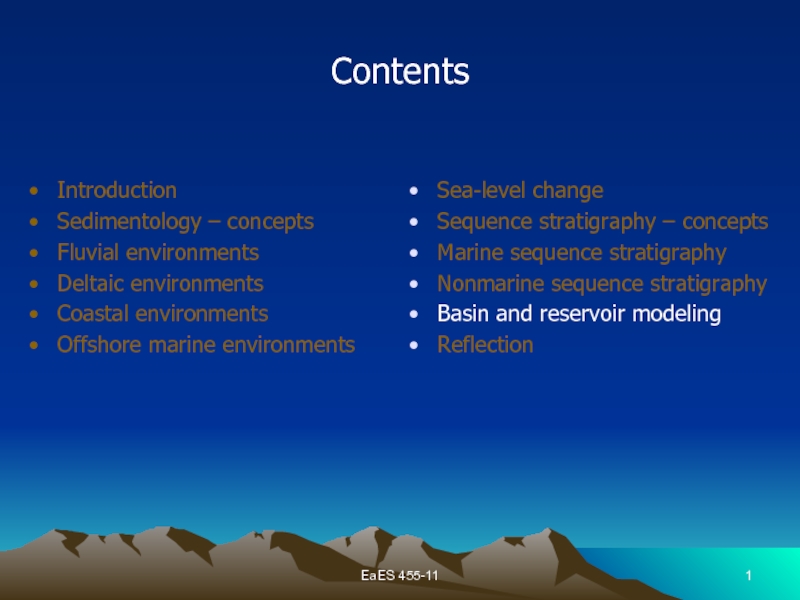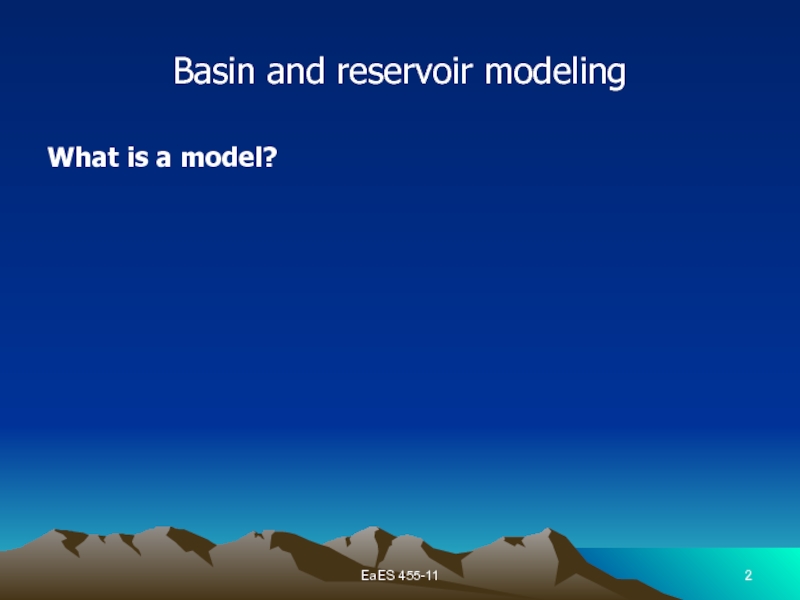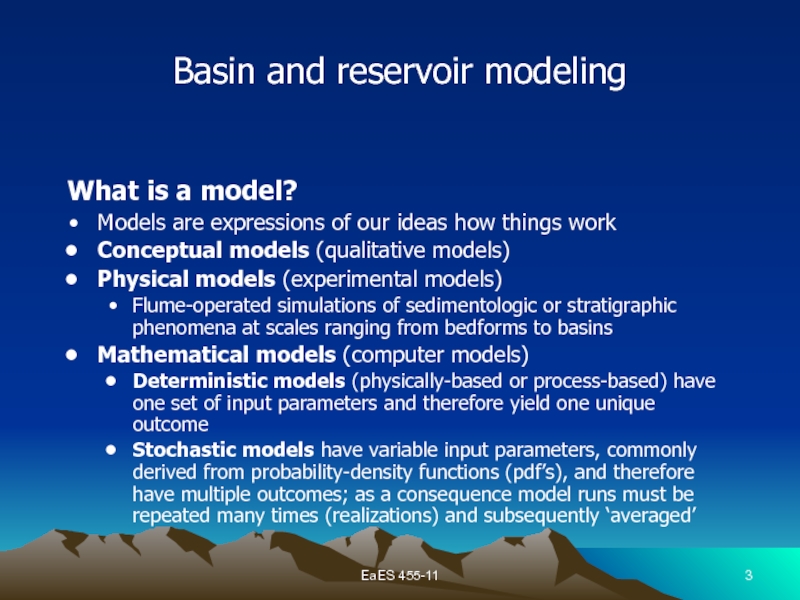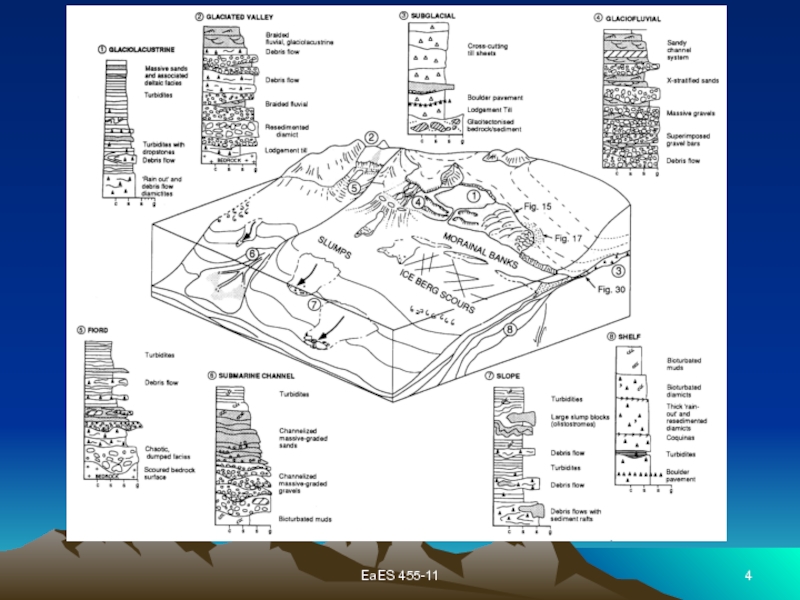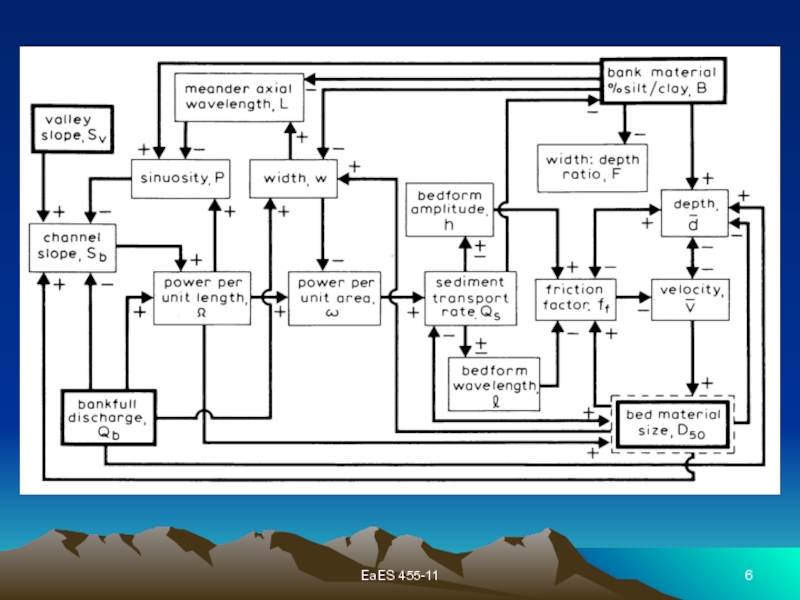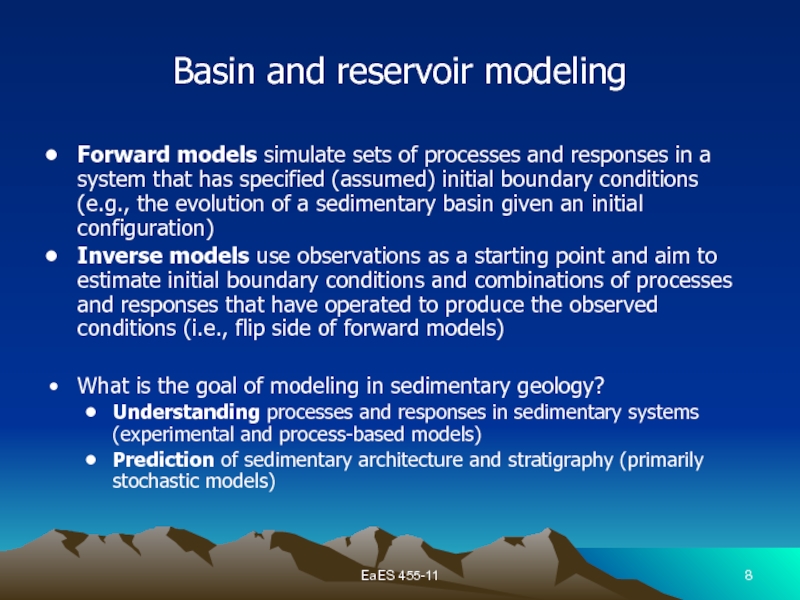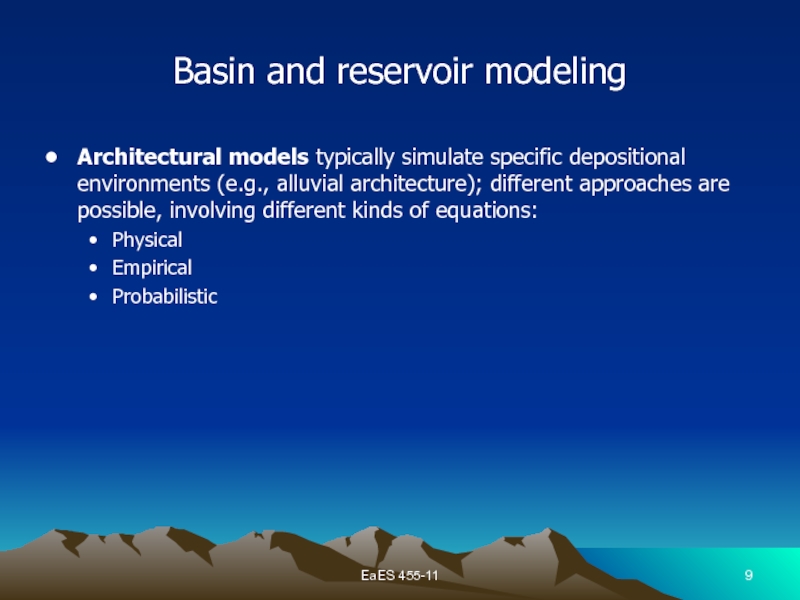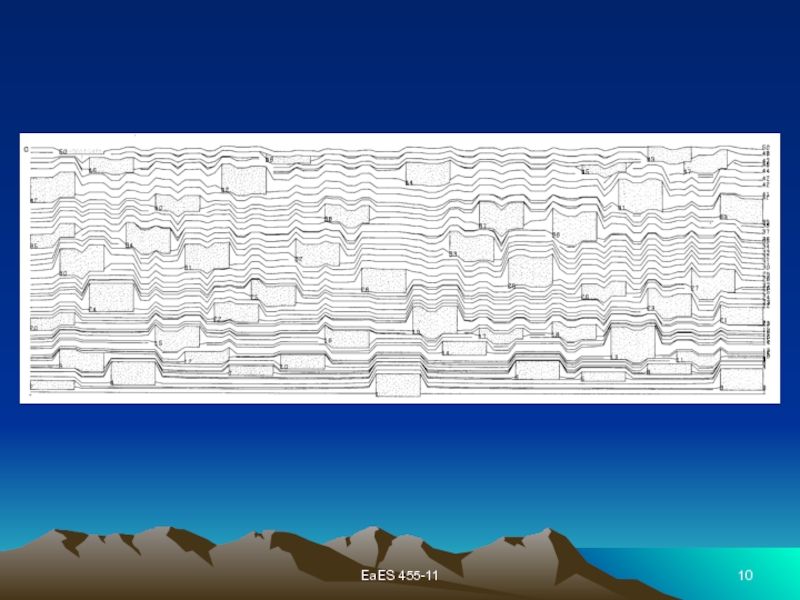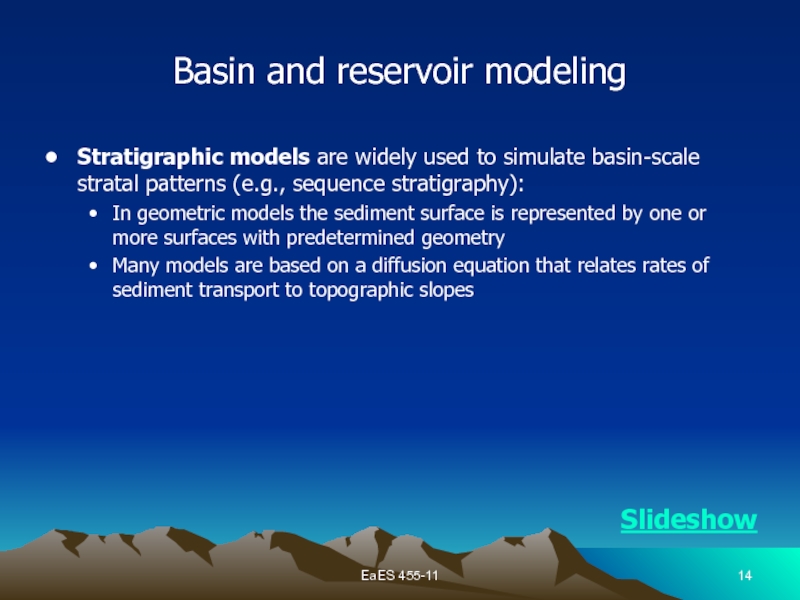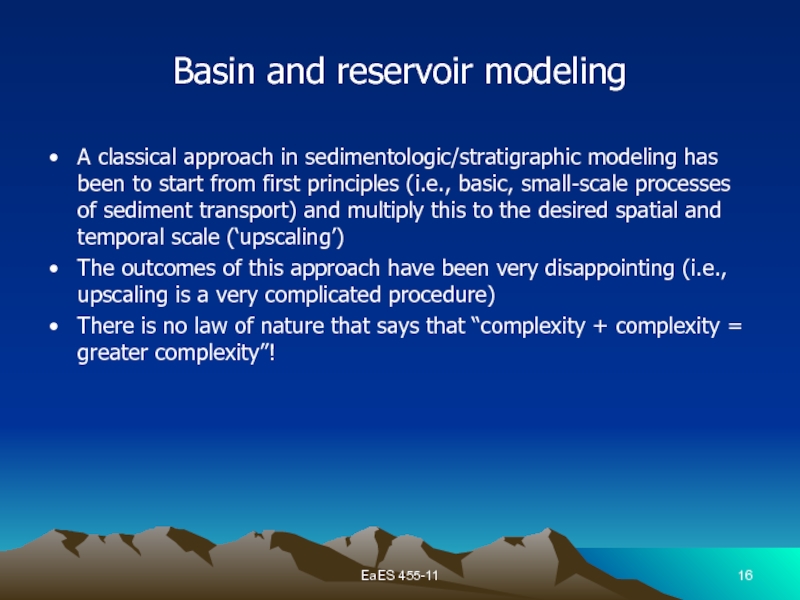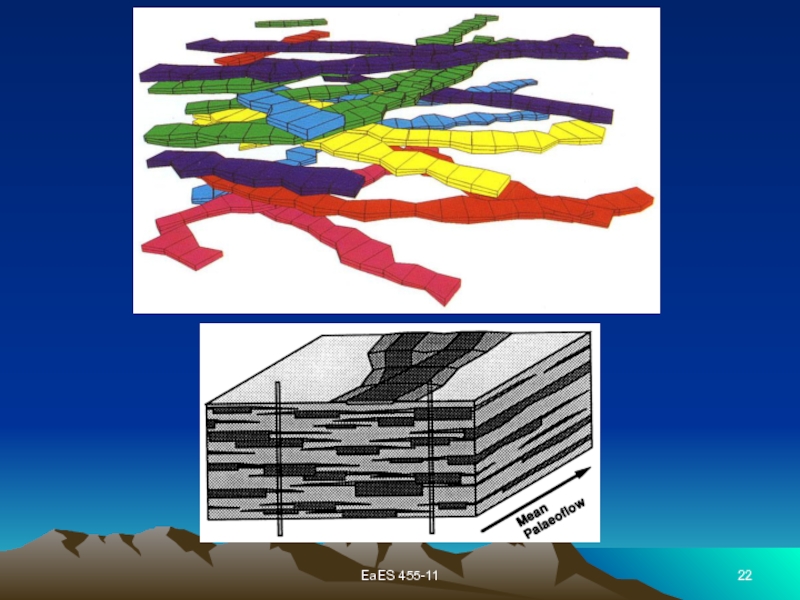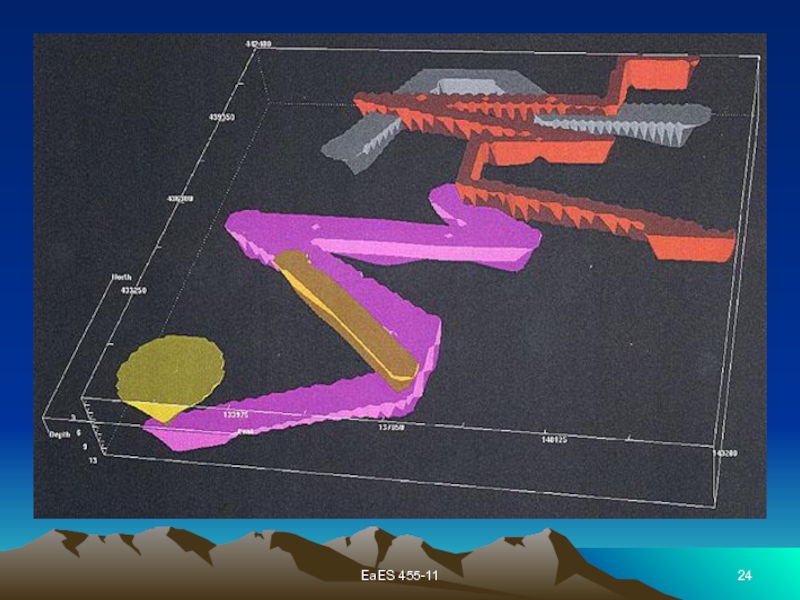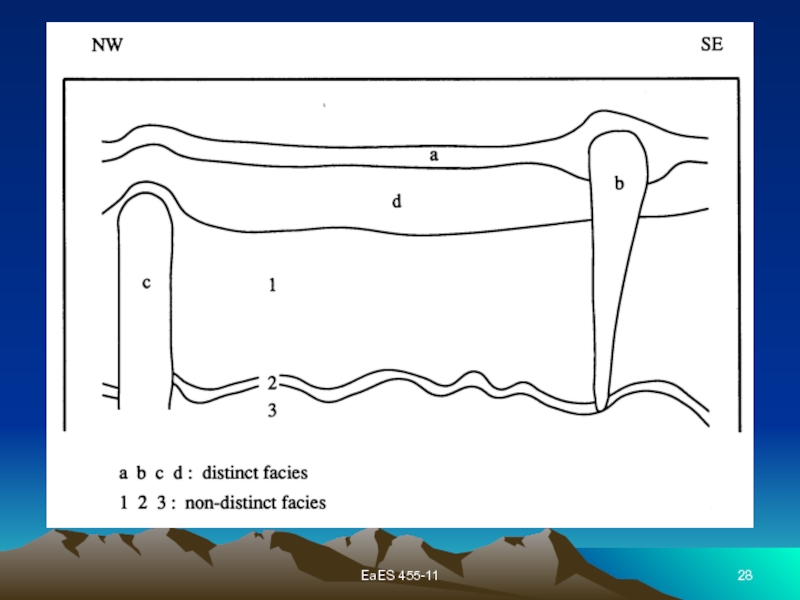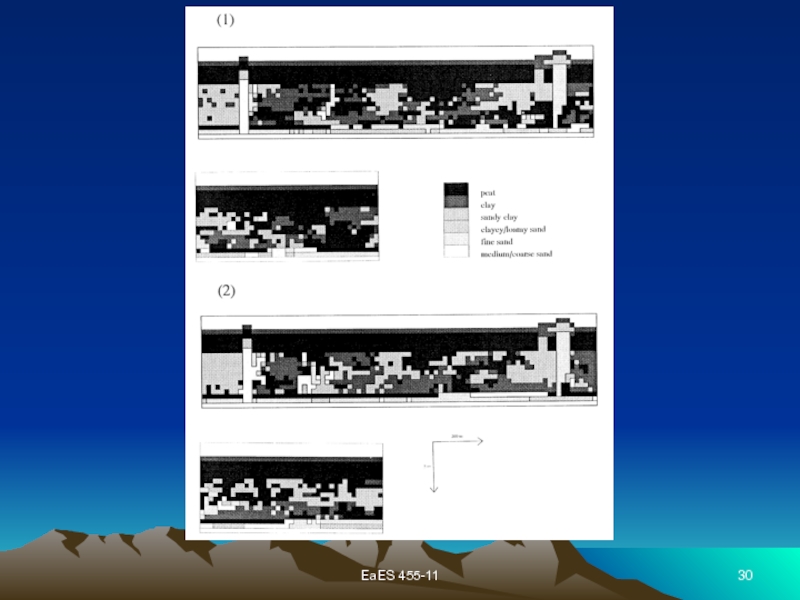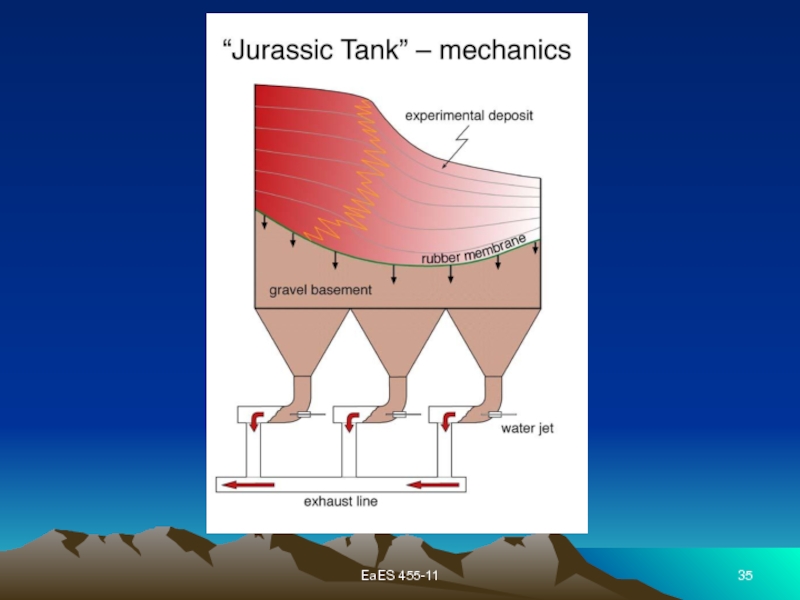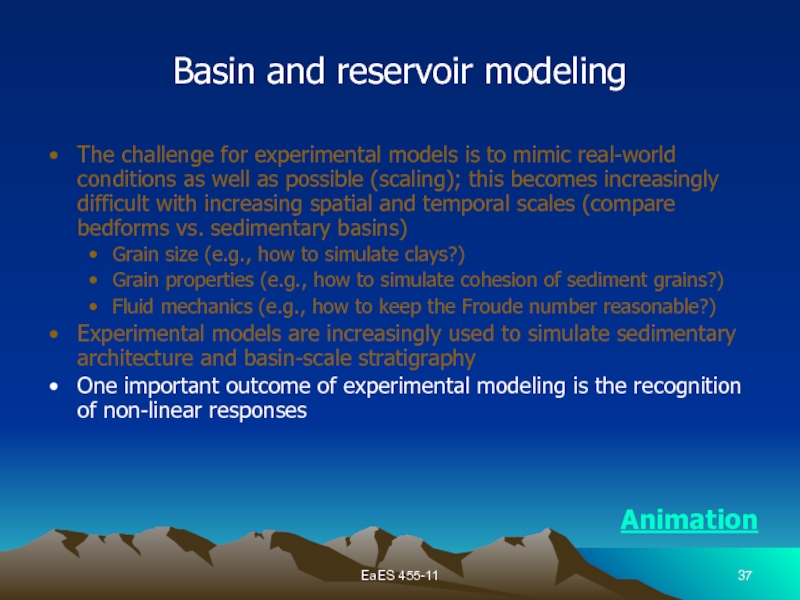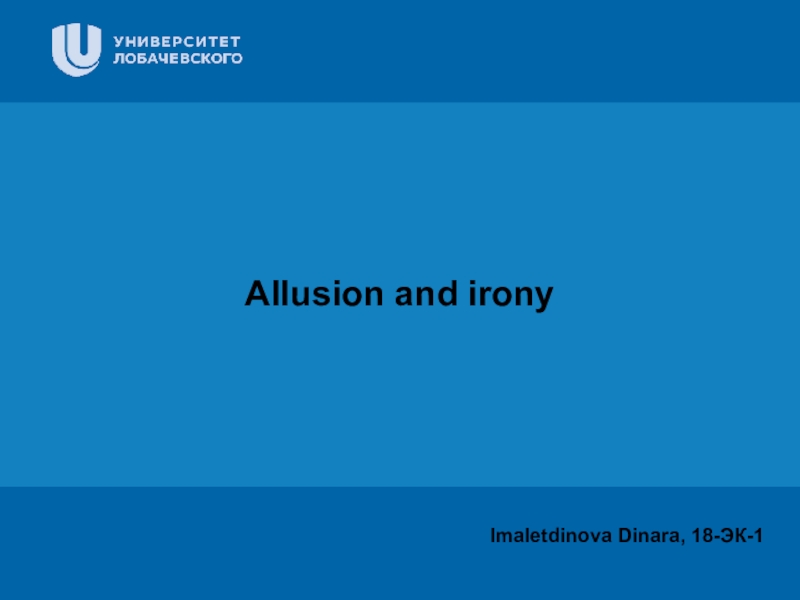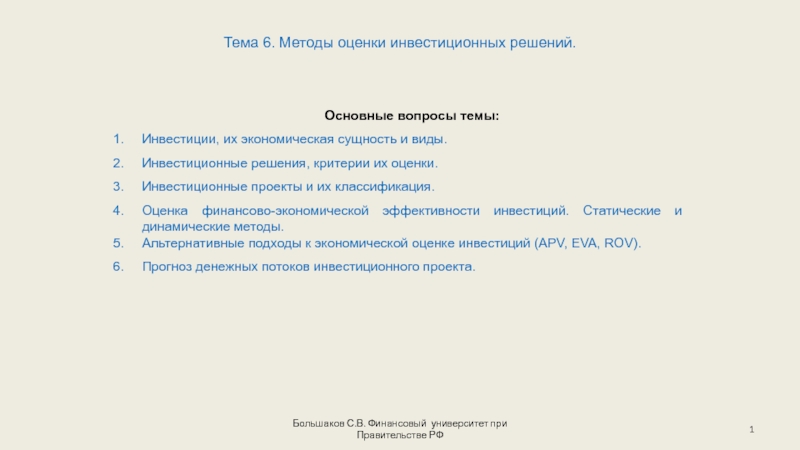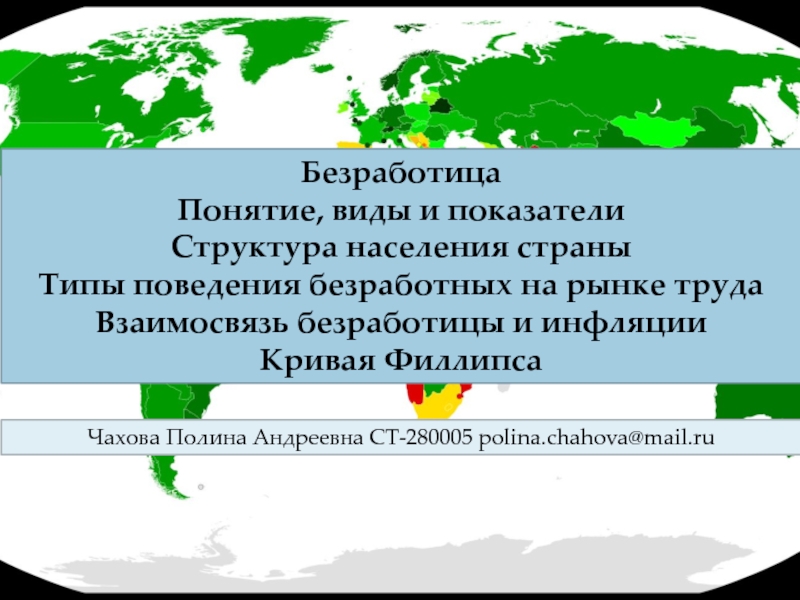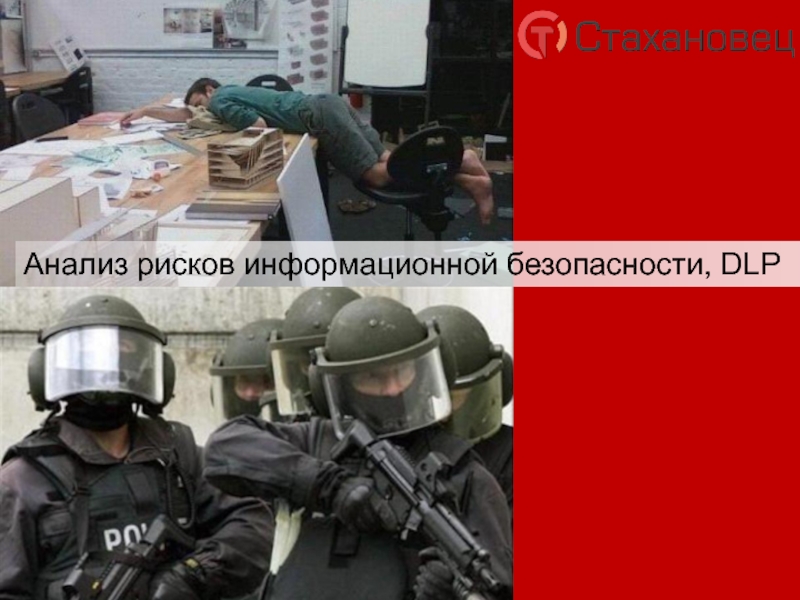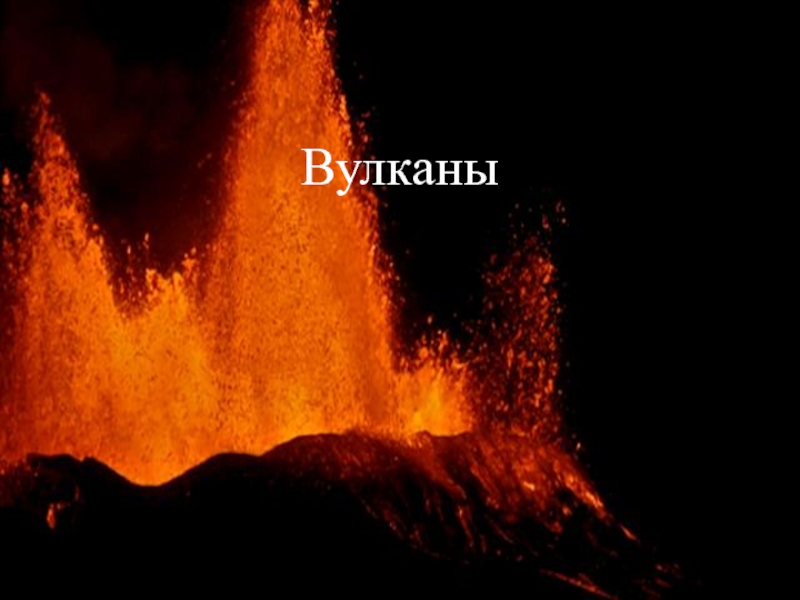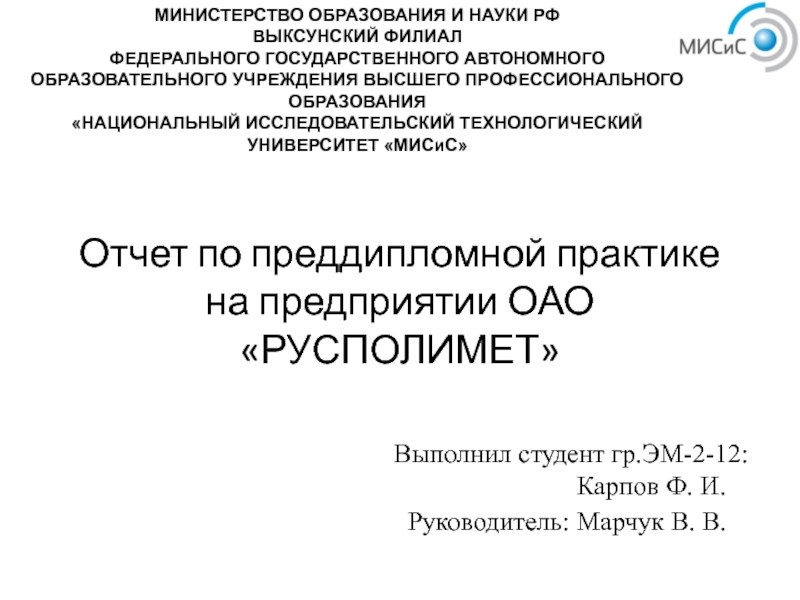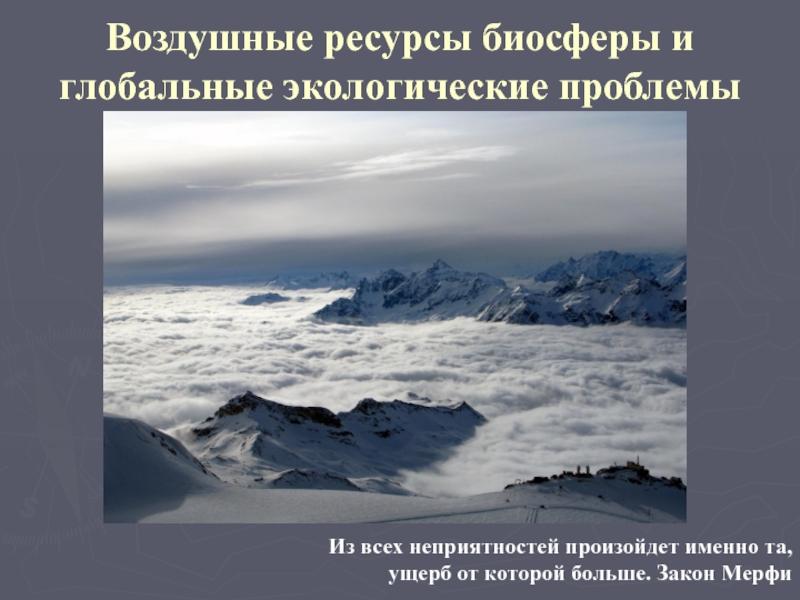Разделы презентаций
- Разное
- Английский язык
- Астрономия
- Алгебра
- Биология
- География
- Геометрия
- Детские презентации
- Информатика
- История
- Литература
- Математика
- Медицина
- Менеджмент
- Музыка
- МХК
- Немецкий язык
- ОБЖ
- Обществознание
- Окружающий мир
- Педагогика
- Русский язык
- Технология
- Физика
- Философия
- Химия
- Шаблоны, картинки для презентаций
- Экология
- Экономика
- Юриспруденция
Contents
Содержание
- 1. Contents
- 2. EaES 455-11Basin and reservoir modelingWhat is a model?
- 3. EaES 455-11Basin and reservoir modelingWhat is a
- 4. EaES 455-11
- 5. EaES 455-11
- 6. EaES 455-11
- 7. EaES 455-11
- 8. EaES 455-11Basin and reservoir modelingForward models simulate
- 9. EaES 455-11Basin and reservoir modelingArchitectural models typically
- 10. EaES 455-11
- 11. EaES 455-11
- 12. EaES 455-11
- 13. EaES 455-11
- 14. EaES 455-11Basin and reservoir modelingStratigraphic models are
- 15. EaES 455-11Animation 1Animation 2
- 16. EaES 455-11Basin and reservoir modelingA classical approach
- 17. EaES 455-11Basin and reservoir modelingReservoir characterization is
- 18. EaES 455-11
- 19. EaES 455-11Basin and reservoir modelingMany reservoir models
- 20. EaES 455-11
- 21. EaES 455-11
- 22. EaES 455-11
- 23. EaES 455-11
- 24. EaES 455-11
- 25. EaES 455-11
- 26. EaES 455-11Basin and reservoir modelingMany reservoir models
- 27. EaES 455-11
- 28. EaES 455-11
- 29. EaES 455-11
- 30. EaES 455-11
- 31. EaES 455-11
- 32. EaES 455-11Basin and reservoir modelingMany reservoir models
- 33. EaES 455-11Basin and reservoir modelingThe challenge for
- 34. EaES 455-11
- 35. EaES 455-11
- 36. EaES 455-11Animation 1Animation 2Animation 3
- 37. EaES 455-11Basin and reservoir modelingThe challenge for
- 38. Скачать презентанцию
EaES 455-11Basin and reservoir modelingWhat is a model?
Слайды и текст этой презентации
Слайд 1EaES 455-11
Contents
Introduction
Sedimentology – concepts
Fluvial environments
Deltaic environments
Coastal environments
Offshore marine environments
Sea-level change
Sequence
stratigraphy – concepts
Слайд 3EaES 455-11
Basin and reservoir modeling
What is a model?
Models are expressions
of our ideas how things work
Conceptual models (qualitative models)
Physical
models (experimental models) Flume-operated simulations of sedimentologic or stratigraphic phenomena at scales ranging from bedforms to basins
Mathematical models (computer models)
Deterministic models (physically-based or process-based) have one set of input parameters and therefore yield one unique outcome
Stochastic models have variable input parameters, commonly derived from probability-density functions (pdf’s), and therefore have multiple outcomes; as a consequence model runs must be repeated many times (realizations) and subsequently ‘averaged’
Слайд 8EaES 455-11
Basin and reservoir modeling
Forward models simulate sets of processes
and responses in a system that has specified (assumed) initial
boundary conditions (e.g., the evolution of a sedimentary basin given an initial configuration)Inverse models use observations as a starting point and aim to estimate initial boundary conditions and combinations of processes and responses that have operated to produce the observed conditions (i.e., flip side of forward models)
What is the goal of modeling in sedimentary geology?
Understanding processes and responses in sedimentary systems (experimental and process-based models)
Prediction of sedimentary architecture and stratigraphy (primarily stochastic models)
Слайд 9EaES 455-11
Basin and reservoir modeling
Architectural models typically simulate specific depositional
environments (e.g., alluvial architecture); different approaches are possible, involving different
kinds of equations:Physical
Empirical
Probabilistic
Слайд 14EaES 455-11
Basin and reservoir modeling
Stratigraphic models are widely used to
simulate basin-scale stratal patterns (e.g., sequence stratigraphy):
In geometric models the
sediment surface is represented by one or more surfaces with predetermined geometryMany models are based on a diffusion equation that relates rates of sediment transport to topographic slopes
Slideshow
Слайд 16EaES 455-11
Basin and reservoir modeling
A classical approach in sedimentologic/stratigraphic modeling
has been to start from first principles (i.e., basic, small-scale
processes of sediment transport) and multiply this to the desired spatial and temporal scale (‘upscaling’)The outcomes of this approach have been very disappointing (i.e., upscaling is a very complicated procedure)
There is no law of nature that says that “complexity + complexity = greater complexity”!
Слайд 17EaES 455-11
Basin and reservoir modeling
Reservoir characterization is the analysis of
subsurface sediments or sedimentary rocks from the perspective of fluid
flow through porous media, including issues related to resource recovery (e.g., groundwater, hydrocarbons)The net-to-gross ratio (proportion of permeable units) is one of the most basic parameters in reservoir studies
The connectedness between permeable units is another important parameter
Слайд 19EaES 455-11
Basin and reservoir modeling
Many reservoir models operate on the
scale of sedimentary architecture; they are mostly stochastic
Object-based models simulate
the distribution of objects, defined by specified geometries, in 3D space; simulations are usually constrained by well dataGeostatistical models predict sedimentary facies at unvisited sites, based on the quantified spatial facies variability derived from well data (e.g., sequential indicator simulation)
Conditioning model output to observations is more easily done in stochastic models, but process-based models have the advantage that they tend to provide sedimentologically more realistic output
Слайд 26EaES 455-11
Basin and reservoir modeling
Many reservoir models operate on the
scale of sedimentary architecture; they are mostly stochastic
Object-based models simulate
the distribution of objects, defined by specified geometries, in 3D space; simulations are ususally constrained by well dataGeostatistical models predict sedimentary facies at unvisited sites, based on the quantified spatial facies variability derived from well data (e.g., sequential indicator simulation)
Conditioning model output to observations is more easily done in stochastic models, but process-based models have the advantage that they tend to provide sedimentologically more realistic output
Слайд 32EaES 455-11
Basin and reservoir modeling
Many reservoir models operate on the
scale of sedimentary architecture; they are mostly stochastic
Object-based models simulate
the distribution of objects, defined by specified geometries, in 3D space; simulations are usually constrained by well dataGeostatistical models predict sedimentary facies at unvisited sites, based on the quantified spatial facies variability derived from well data (e.g., sequential indicator simulation)
Conditioning model output to observations is more easily done in stochastic models, but process-based models have the advantage that they tend to provide sedimentologically more realistic output
Слайд 33EaES 455-11
Basin and reservoir modeling
The challenge for experimental models is
to mimic real-world conditions as well as possible (scaling); this
becomes increasingly difficult with increasing spatial and temporal scales (compare bedforms vs. sedimentary basins)Grain size (e.g., how to simulate clays?)
Grain properties (e.g., how to simulate cohesion of sediment grains?)
Fluid mechanics (e.g., how to keep the Froude number reasonable?)
Experimental models are increasingly used to simulate sedimentary architecture and basin-scale stratigraphy
One important outcome of experimental modeling is the recognition of non-linear responses
Слайд 37EaES 455-11
Basin and reservoir modeling
The challenge for experimental models is
to mimic real-world conditions as well as possible (scaling); this
becomes increasingly difficult with increasing spatial and temporal scales (compare bedforms vs. sedimentary basins)Grain size (e.g., how to simulate clays?)
Grain properties (e.g., how to simulate cohesion of sediment grains?)
Fluid mechanics (e.g., how to keep the Froude number reasonable?)
Experimental models are increasingly used to simulate sedimentary architecture and basin-scale stratigraphy
One important outcome of experimental modeling is the recognition of non-linear responses
Animation
